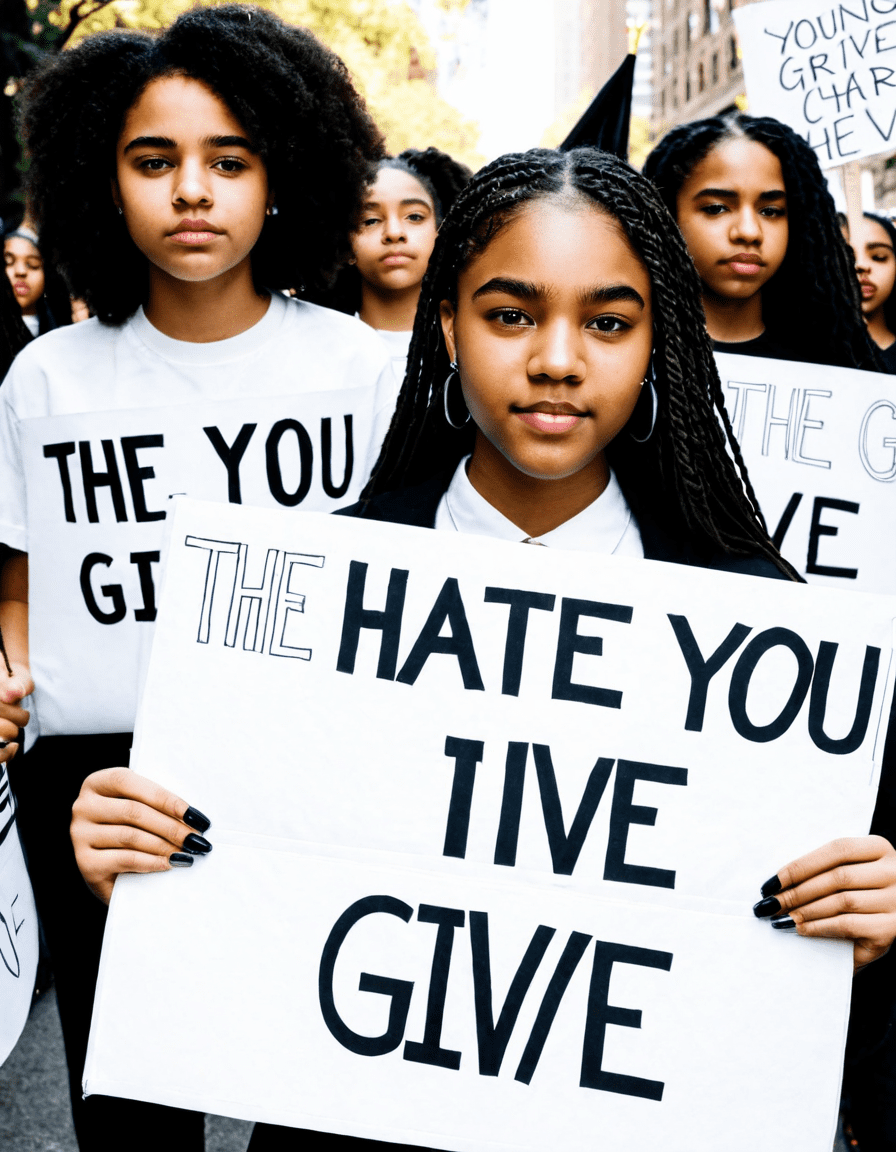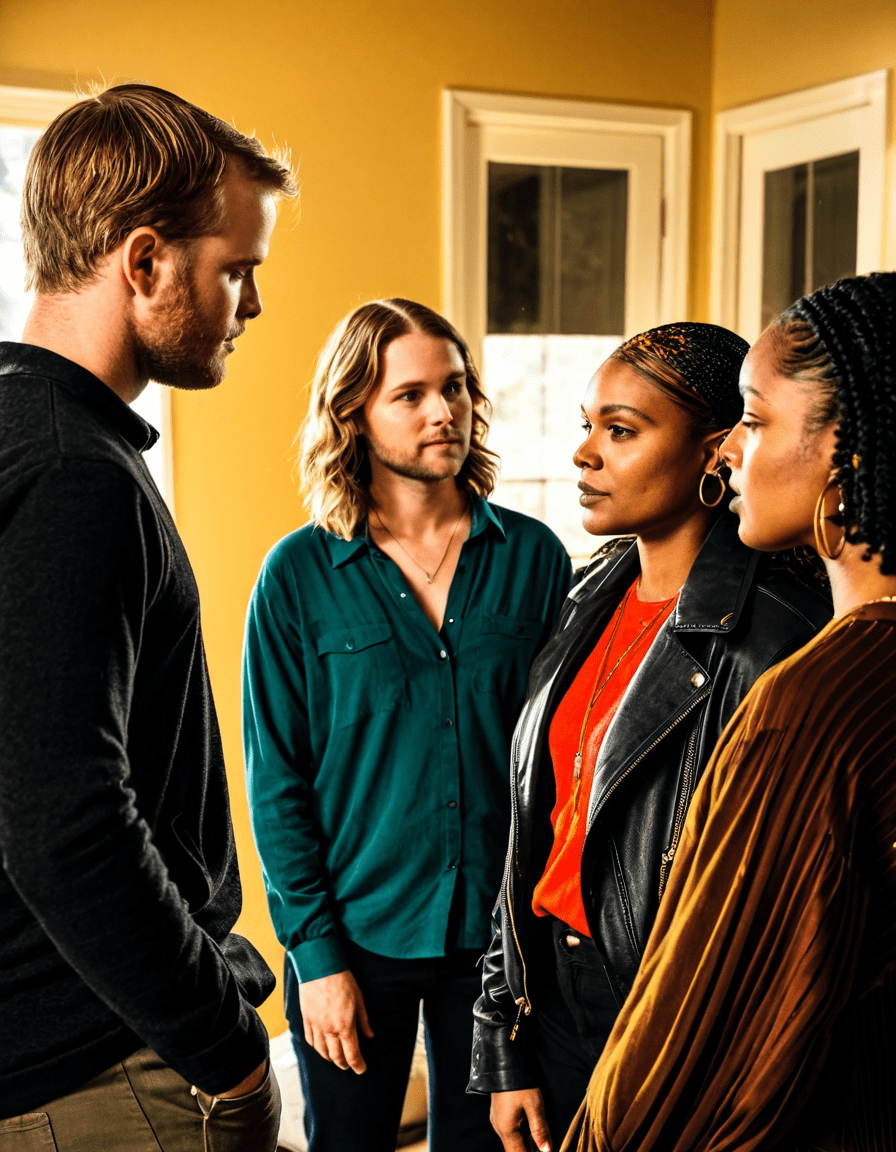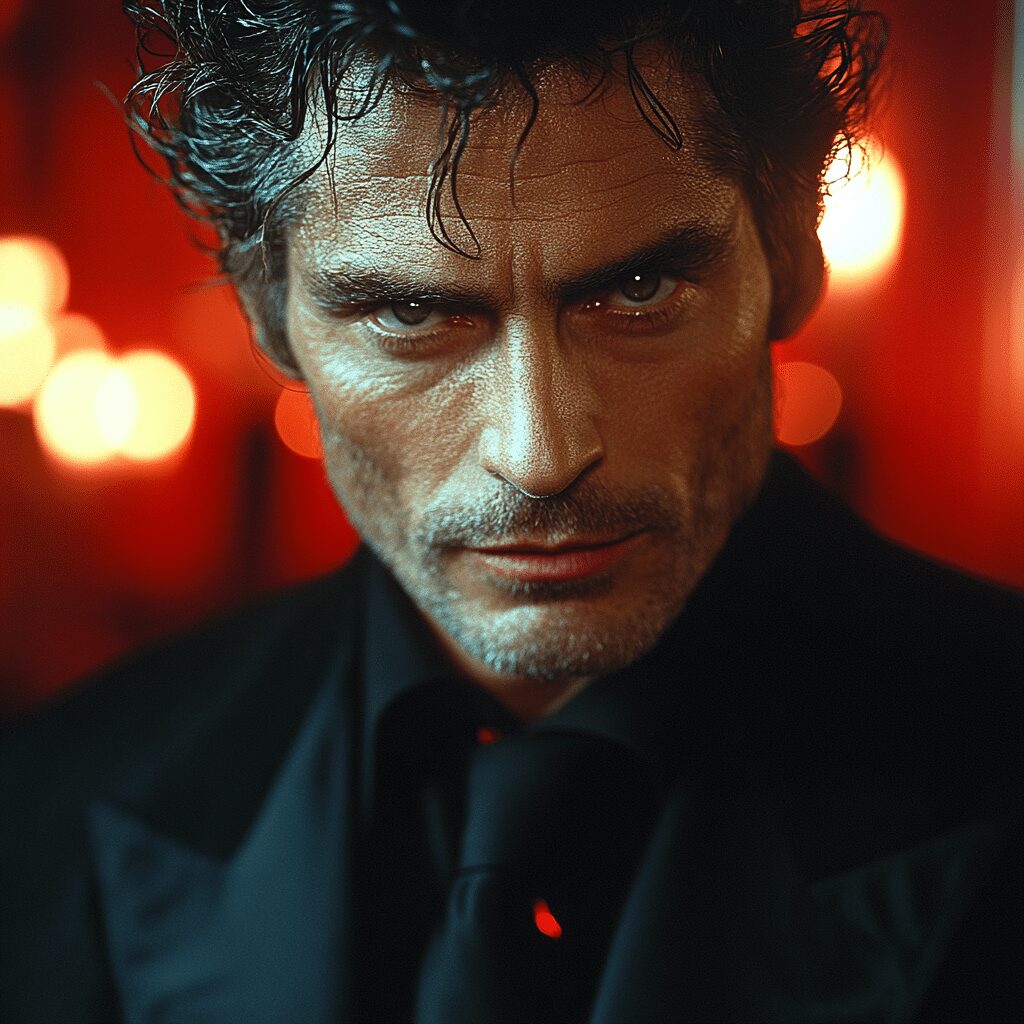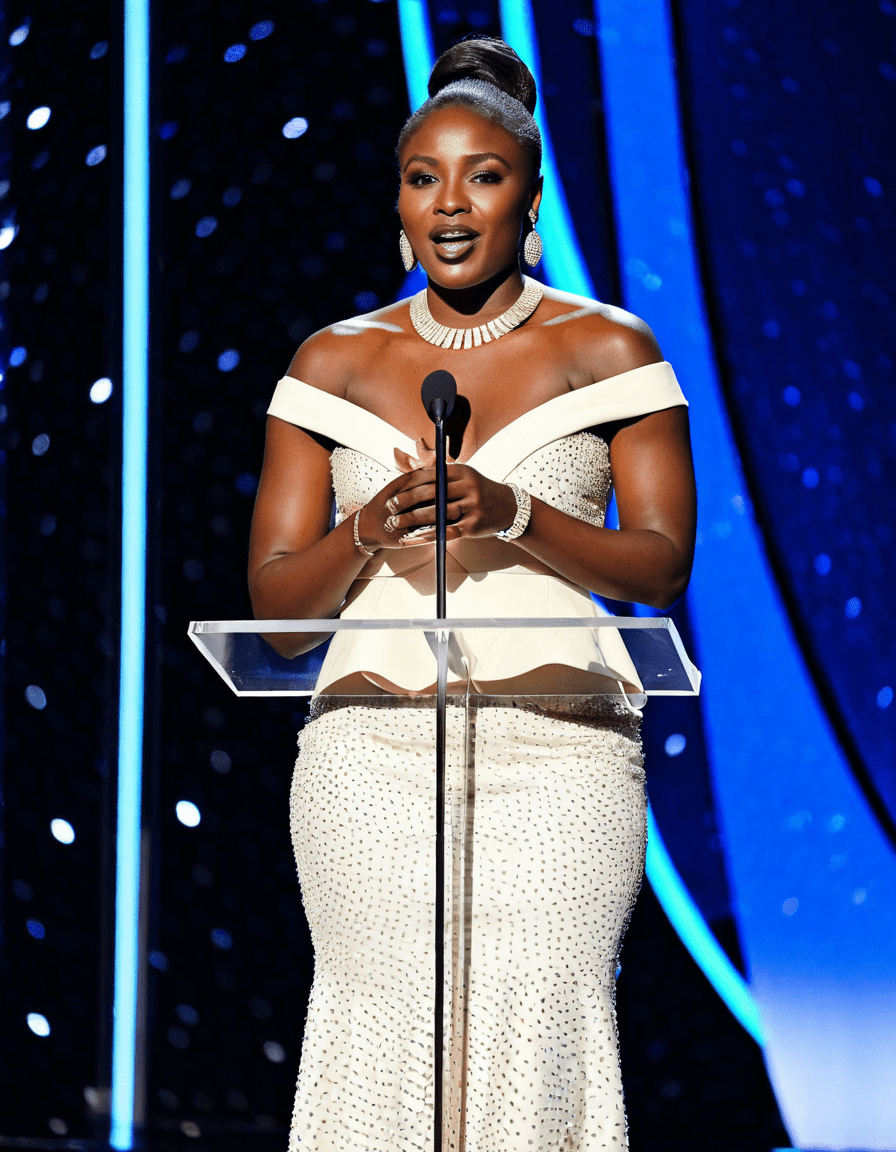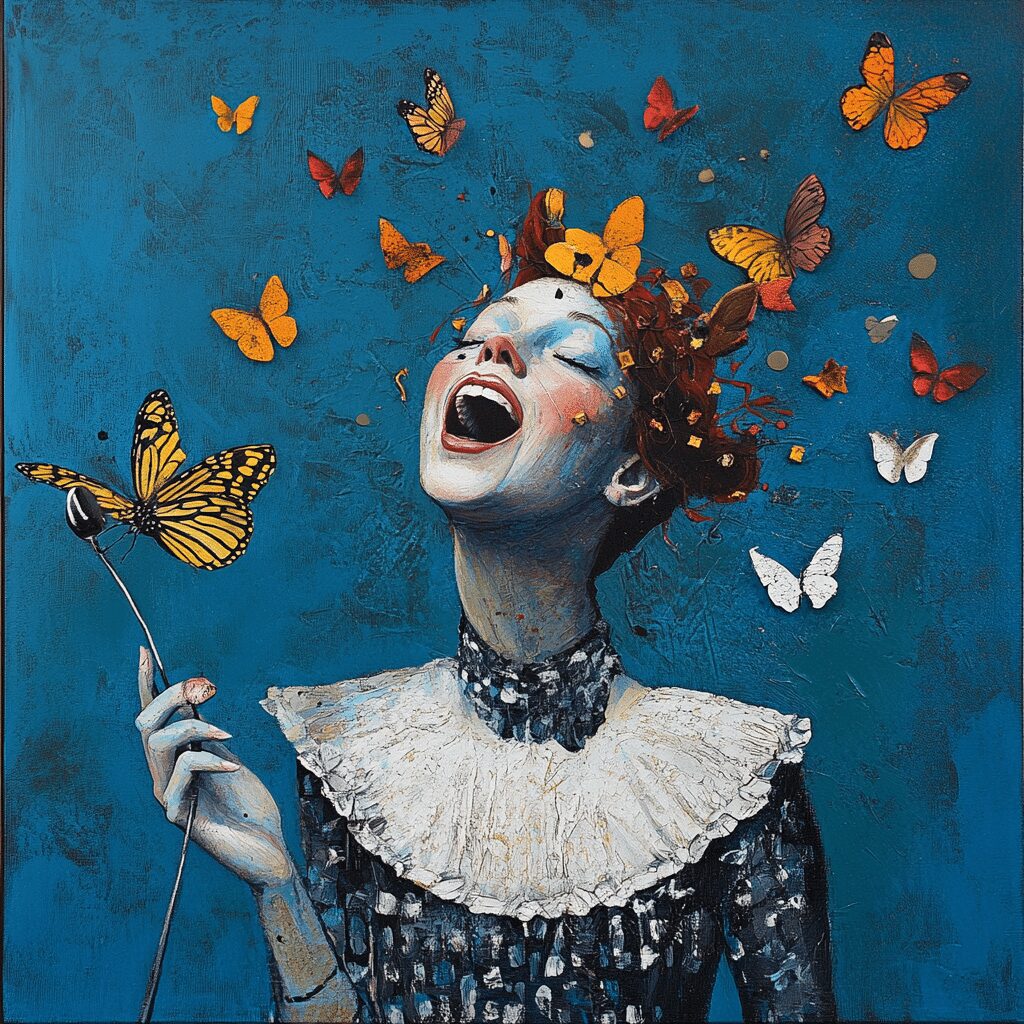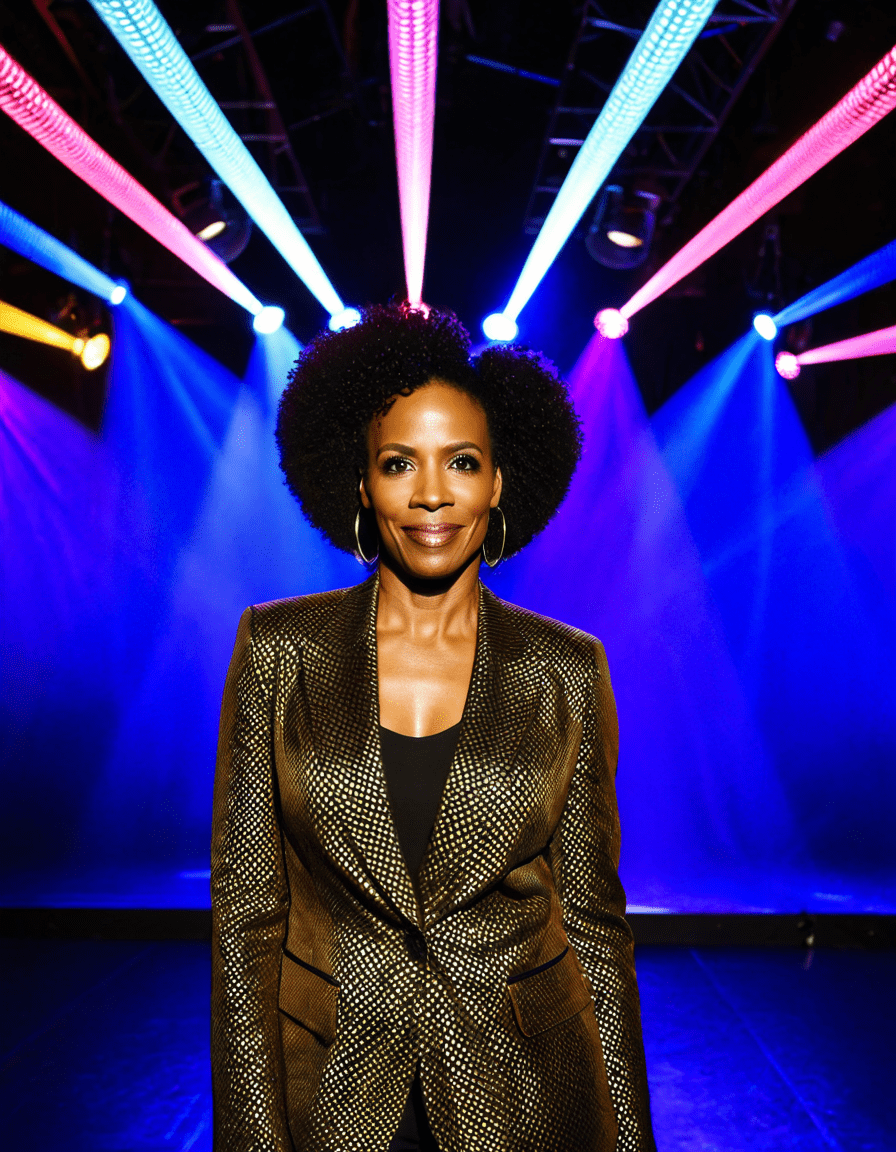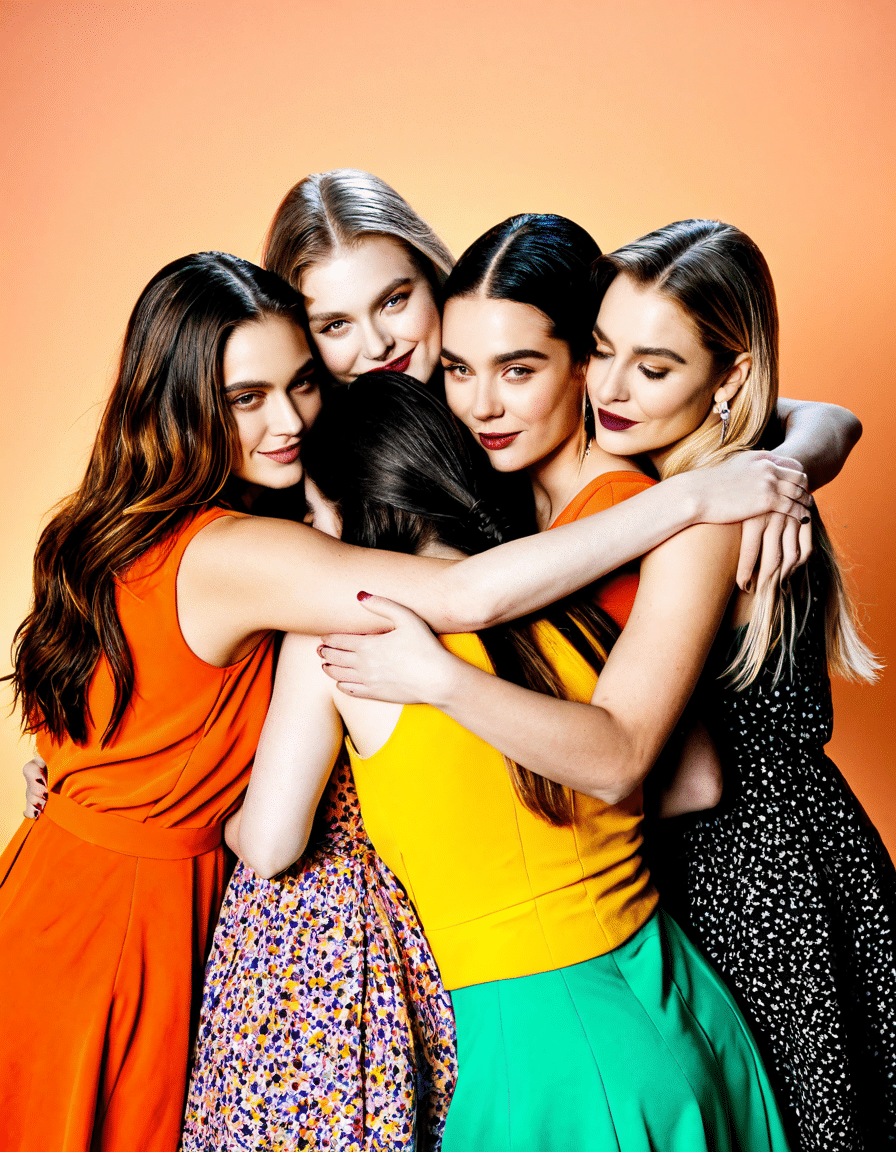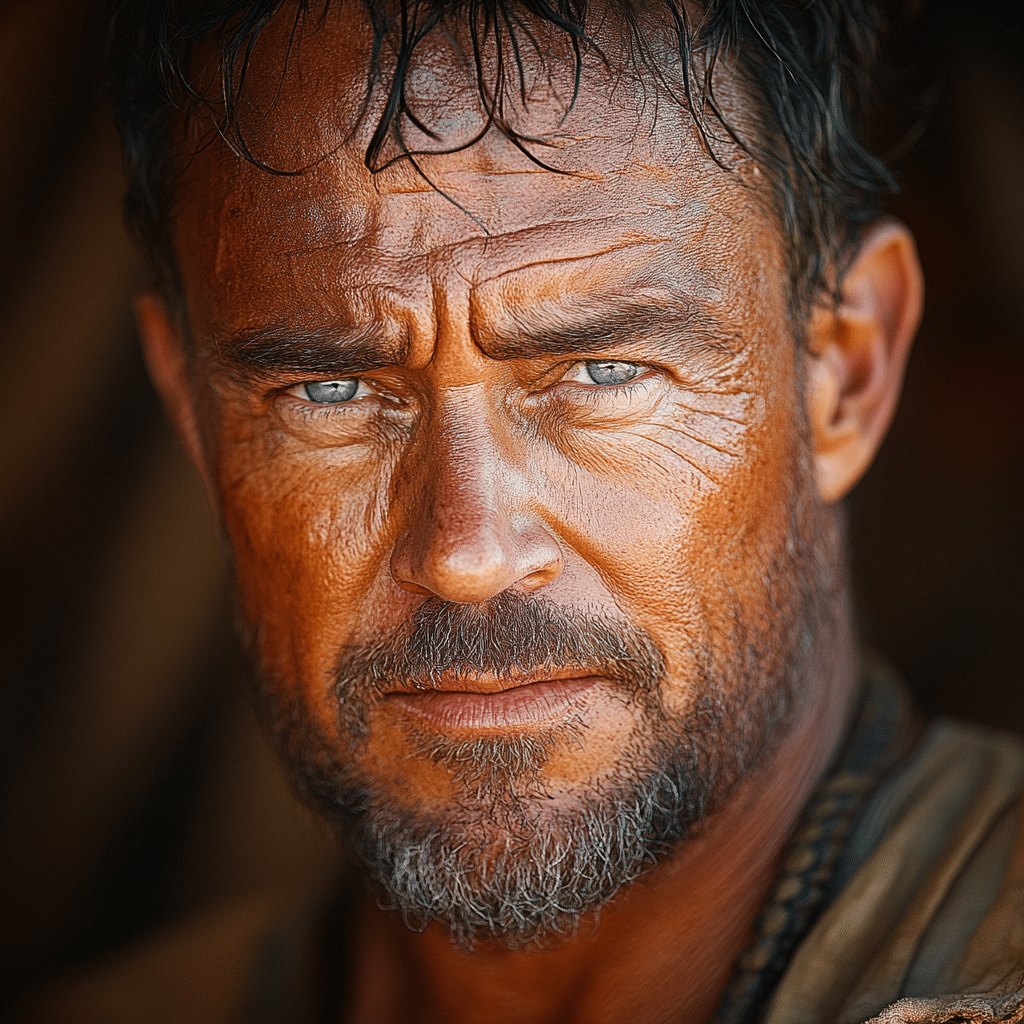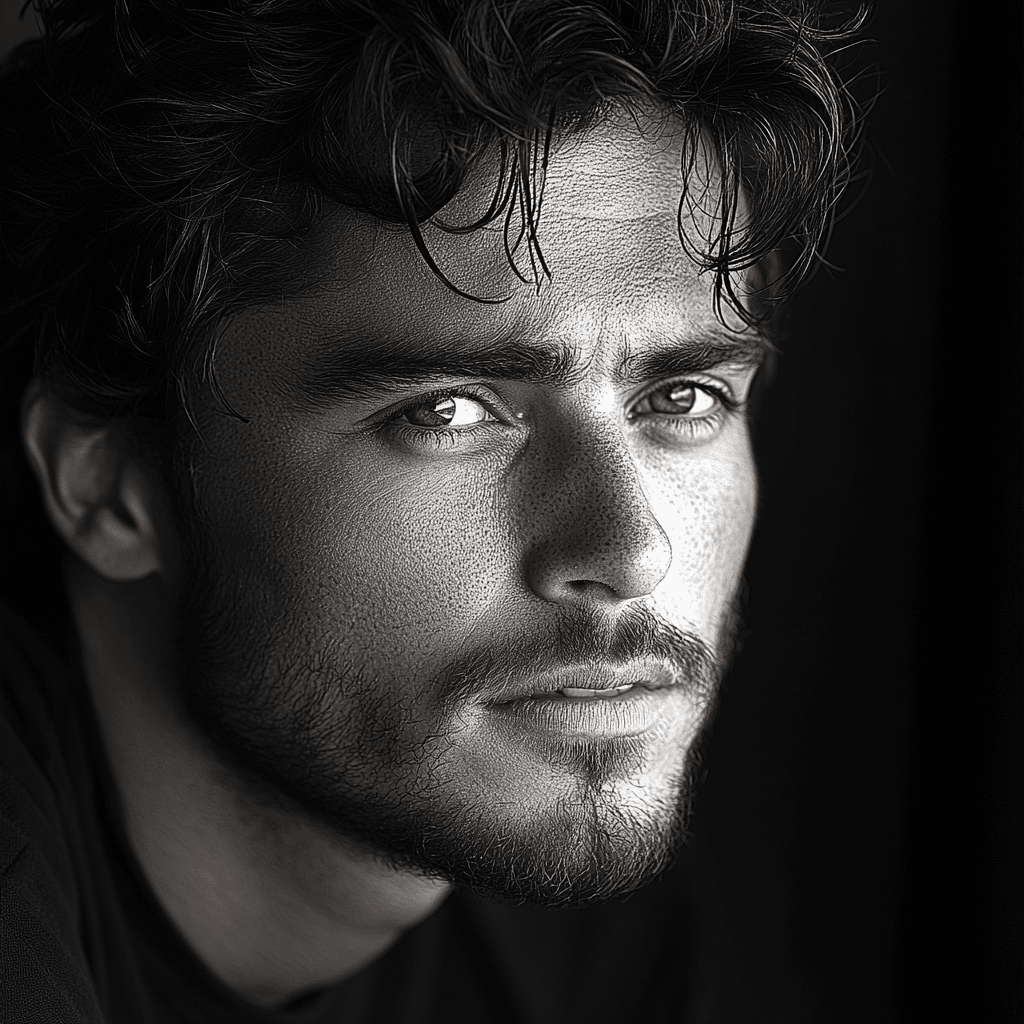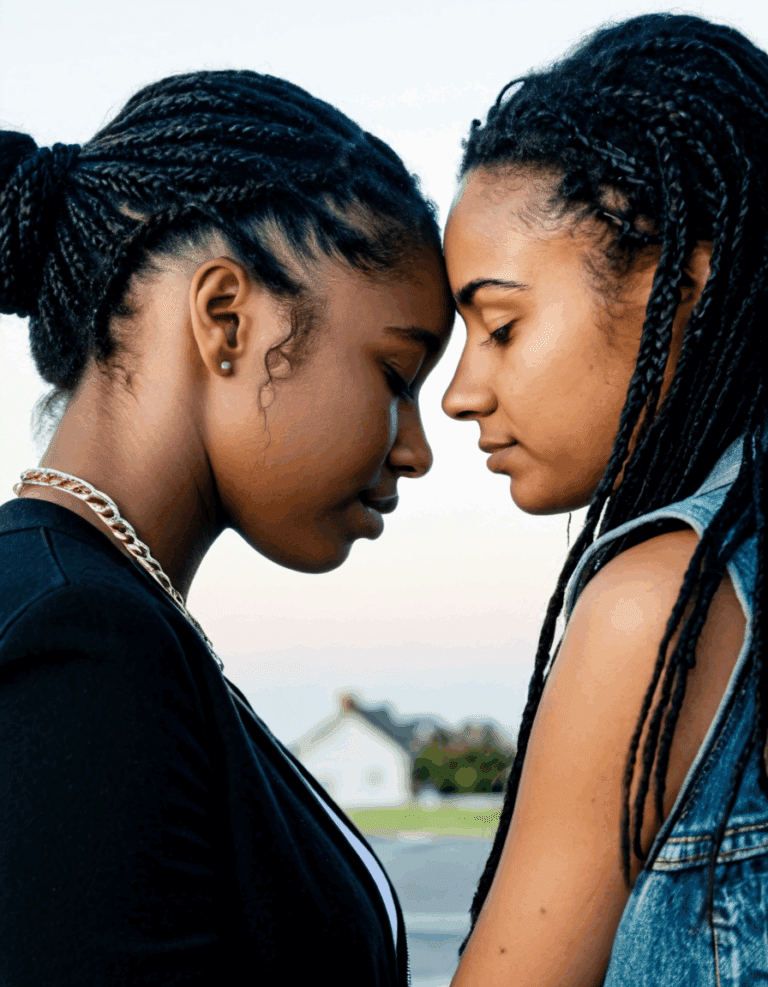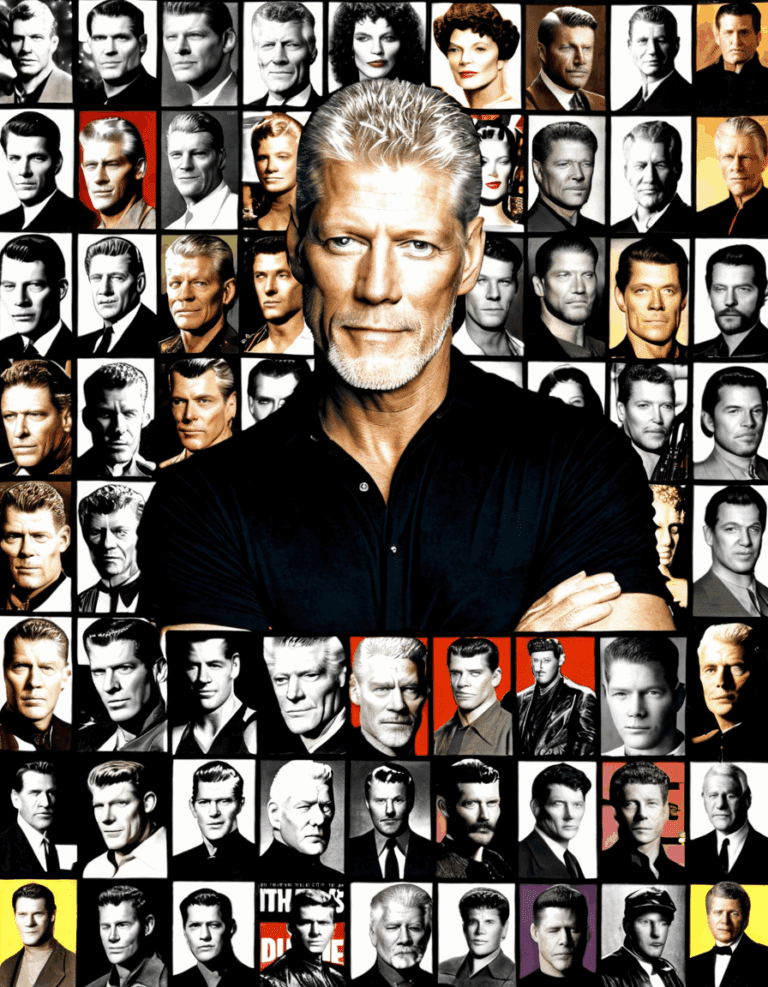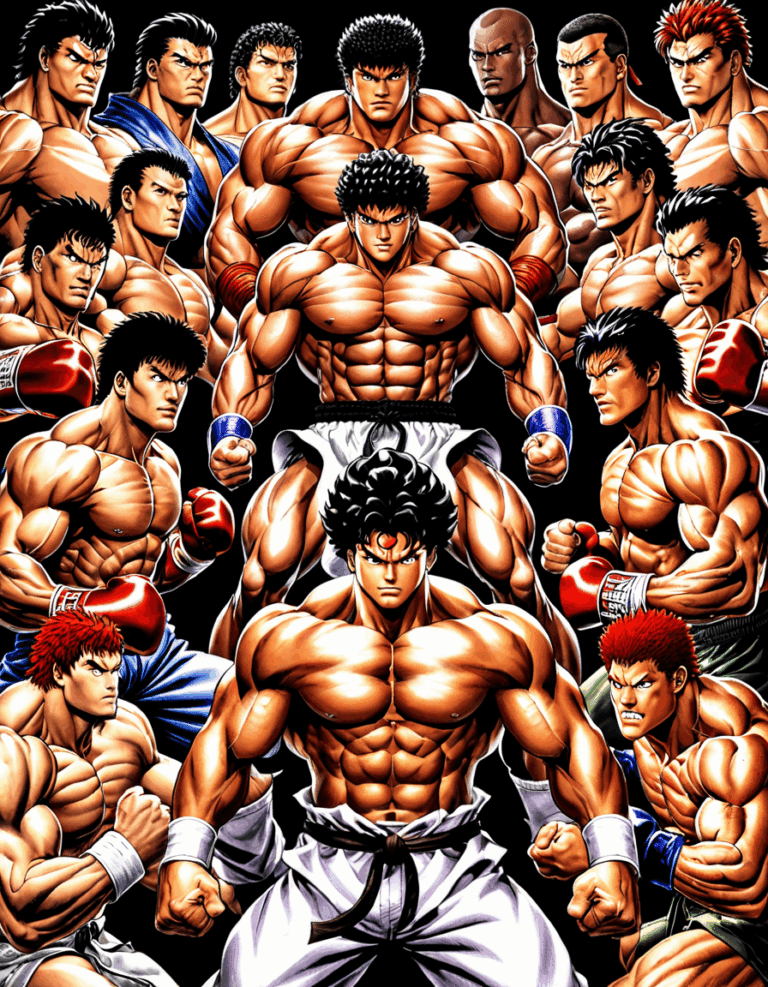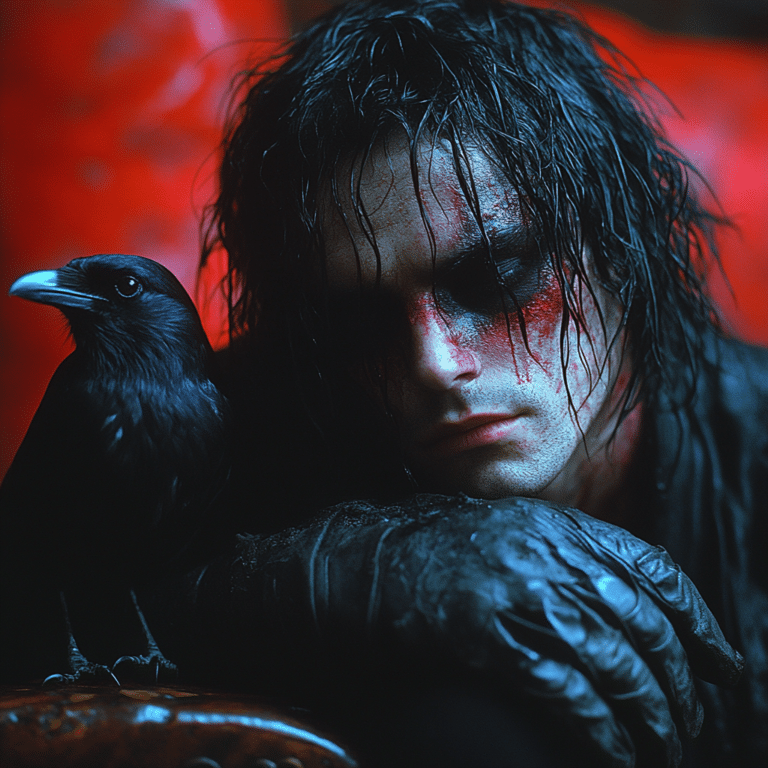In a world clamoring for understanding and empathy, The Hate You Give stands out as a pivotal piece of cinema that captivates hearts and minds. Released in 2018, this film, based on Angie Thomas’s bestselling novel, didn’t just aim to entertain; it rolled open the door to significant conversations about race, identity, and police brutality. Packed with intense emotional weight, the film’s resonance can be felt in classrooms, homes, and even social media platforms. By sparking dialogue around systemic injustice, The Hate You Give has transformed the landscape of contemporary storytelling, pushing us to confront uncomfortable truths about society.
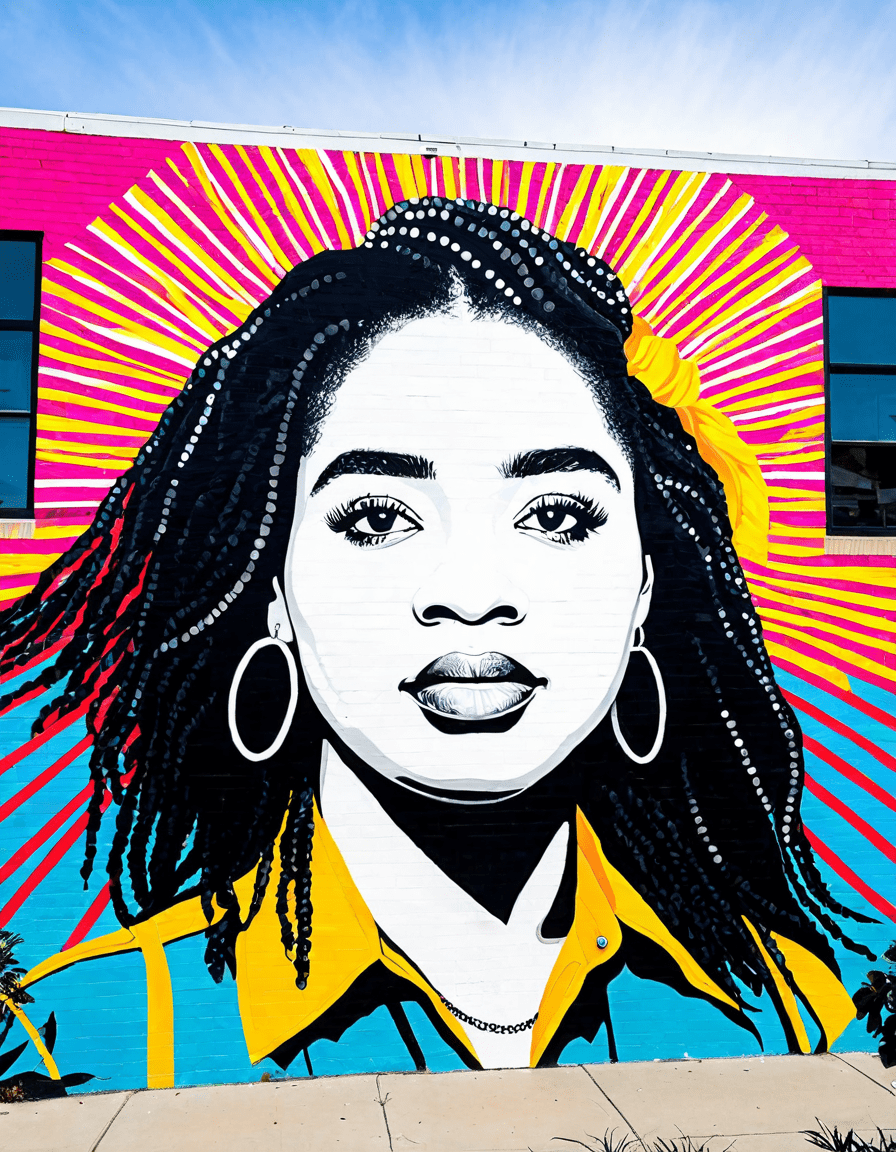
1. How The Hate You Give Reshaped Conversations Around Justice
When The Hate You Give hit theaters, it was like throwing a pebble in a pond—ripple effects galore! The poignant story of Starr Carter forced viewers to reckon with their perceptions of justice and inequality. The conversations sparked by the film serve as an awakening, nudging us to critically dissect issues that impact everyday lives. Schools across the nation have even integrated the film into their curriculums, sparking lively debates and deeper understanding among students. This is no small feat for a movie, eh?
The film doesn’t just sit on the shelf—it encourages audiences everywhere to face uncomfortable realities. By exploring the harrowing experience of witnessing a police shooting firsthand, The Hate You Give leaves a lasting impression that compels viewers to engage, empathize, and mobilize. It has opened up space for conversations that had, in many ways, been locked away or swept under the rug.
Furthermore, the flick’s relevance is amplified by how easily it connects with contemporary life. With all the chaos of today, The Hate You Give articulates feelings of frustration and despair in a way that resonates deeply with both young and older audiences. In a climate of polarizing perspectives and rising tensions, the film helps bridge divides through shared experiences and narratives.
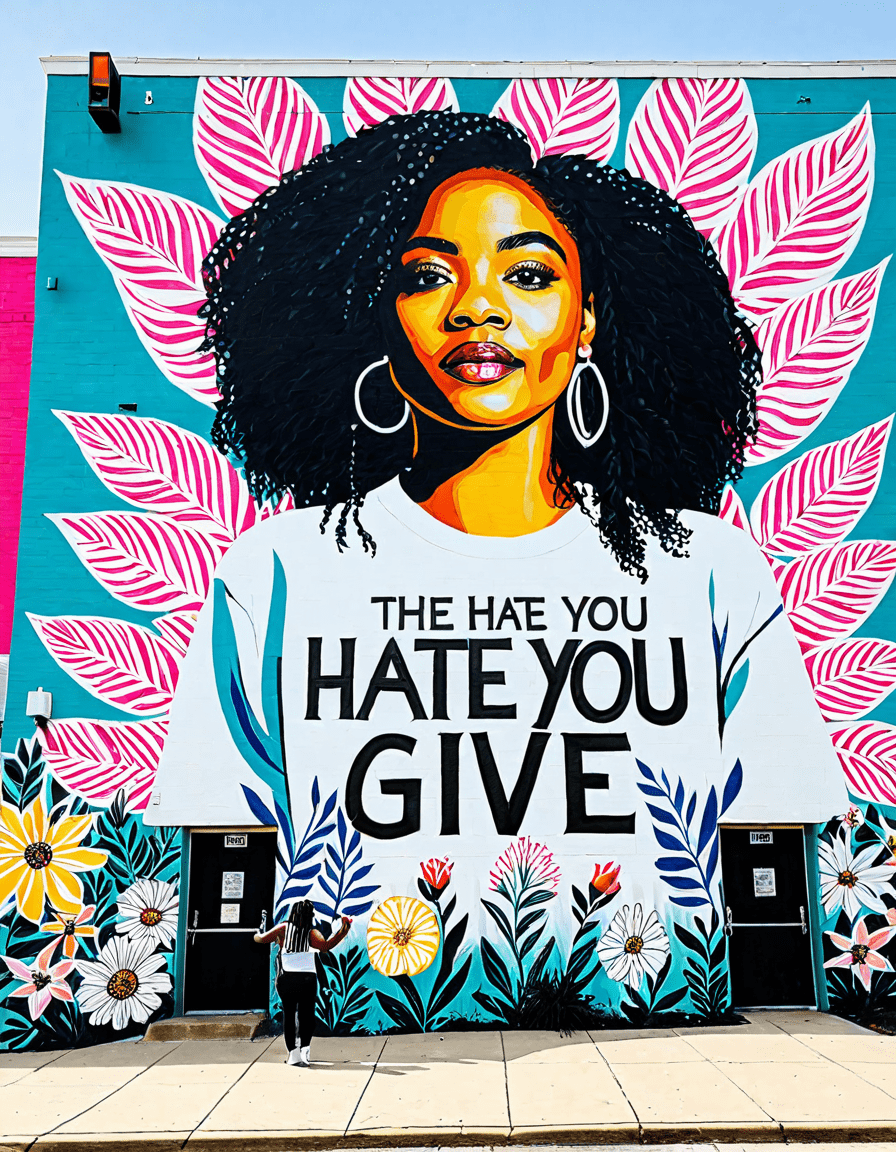
2. Top 5 Ways The Hate You Give Influences Contemporary Media
1. Youth Activism and Representation:
The film paints a powerful portrait of Starr Carter, a character who embodies resilience and strength amidst adversity. She resonates with today’s youth, fueling activism from groups like March for Our Lives, stressing that every voice matters—and let’s be honest, a diverse chorus is always more harmonious!
2. The Role of Social Media:
3. Expansion of the Genre:
4. Industry’s Response to Representation:
5. The Power of Community Narratives:
3. The Hate You Give vs. Blood In Blood Out: A Comparative Analysis
When diving into the differences and similarities of The Hate You Give and Blood In Blood Out, the conversations grow richer. While The Hate You Give tackles police brutality and systemic racism, Blood In Blood Out paints a raw picture of gang culture and identity within the Latinx community. Both deftly explore the socio-political climate surrounding their characters, shedding light on themes of loyalty, family, and gut-wrenching choices.
Character Development:
Cultural Significance:
Impact on Society:
These stories take us beyond just watching a movie; they compel us to think about how we relate to one another. Both films leave viewers with lasting impressions, prompting conversations that linger well after the credits roll.
4. Lasting Lessons from The Hate You Give
At its core, The Hate You Give offers vital lessons that echo outside the theater. By conveying the complexity of societal issues, it encourages viewers to engage with conversations about race and justice continuously. It’s like an emotional handshake that invites us to dig deeper into understanding others’ lived experiences.
What’s invaluable is the film’s ability to humanize pressing topics. By presenting these daunting realities in storytelling form, The Hate You Give not only educates but also enhances empathy among diverse audiences. This emotional resonance ensures that the film leaves an indelible mark on both media and society.
Ultimately, the film reminds us how crucial it is to amplify voices that often go unheard. In doing so, The Hate You Give challenges all of us to be better advocates for change. It nudges us forward, urging us to step outside the bubble of our comfort zones.
Wrap-Up: An Enduring Legacy of The Hate You Give
As we look back on The Hate You Give over the years, its importance only grows more significant. This film inspires new generations to fight for justice and equality, making it clear that listening, understanding, and taking action is essential. With its narrative power, the film invites us to challenge perceptions and shift the story surrounding marginalized communities.
In a world that desperately needs understanding, The Hate You Give serves as both entertainment and a compelling call to action. It continually reminds us that the tales we share shape our reality and steer society toward a more just, inclusive future. So, let’s engage with this legacy, allowing the cadence of The Hate You Give to impact our hearts and commitments for years to come.
While we ponder the lessons intertwined in its storytelling, movies like The Hate You Give can shift perspectives, inspiring hope across landscapes of cultural narratives. Keep that popcorn handy—it’s time we revisit these impactful films!
The Hate You Give: Captivates Hearts and Minds
Fun Trivia That Connects with the Themes
“The Hate You Give,” based on the bestselling novel by Angie Thomas, dives into tough issues like race and social justice. But did you know that the film’s title comes from a quote by rapper Tupac Shakur? The phrase, “Thug Life,” represents the struggles faced by marginalized communities. This powerful message resonates deeply throughout the story, challenging audiences to reflect on their own perceptions and biases. Interestingly, Angie Thomas credits her upbringing in Mississippi as a significant influence on creating the raw and real scenarios we see in the film, echoing the pulse of her experiences in her home state like the vibrant sights of Nayarit.
Another fun tidbit is the casting choice of Starr’s father, played by Russell Hornsby, who brings a strong presence to the role. Hornsby isn’t just a well-known actor but has ties to sports as well; he’s a big fan of the Dayton Flyers, which might surprise some. And, speaking of sports, it’s fascinating how “The Hate You Give” incorporates the cultural significance of personal identity and family dynamics akin to the narratives we see in the Carrie Diaries, where adolescent struggles shape character destinies.
Behind the Scenes Insights
Behind the camera, director George Tillman Jr. made waves with his hands-on approach, ensuring that the film stayed true to the source material while still feeling fresh. His unique vision is reminiscent of the vibes we get from movies like From Paris With Love, where character interactions drive the storyline. In the casting process, the filmmakers sought actors who could genuinely embody their roles, leading to the discovery of the talented Amandla Stenberg, who portrays Starr. Her ability to deliver emotion draws audiences into her journey, much like Marc Blucass performances often evoke strong feelings.
Overall, the impact of “The Hate You Give” goes beyond just its story. It’s a call to action, challenging viewers to engage with the issues that matter. Just like radishes add crunch and flavor to a salad, this movie spices up the ongoing dialogue about race, social norms, and personal accountability. With its heart-pounding narrative and relatable themes, it encourages audiences not only to watch the film but to really think about their place in the conversations around justice and equality.
